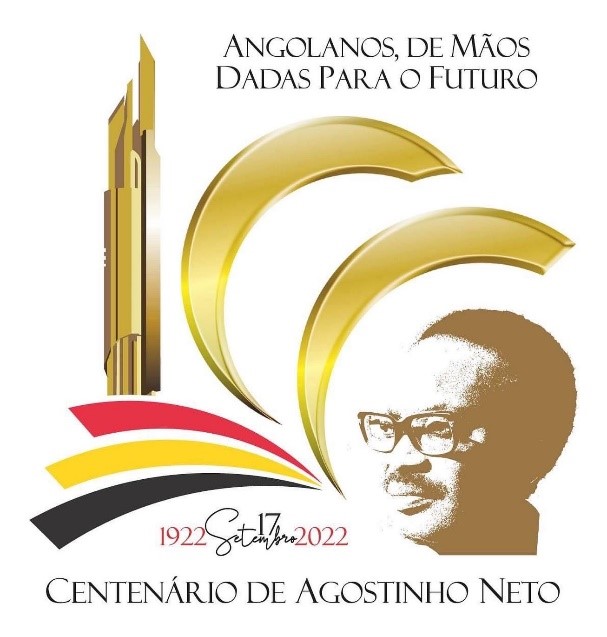General Information
- Angola’s tourism potential was recognized in colonial times, but its development did not materialize due to little attention paid to this important economic sector.
- In 1972 the hotel device of Angola was: 57 units, of which Luanda, Huambo, Lubango and Lobito covered 54.4%, and the total number of beds was 3,934, with which only Luanda had 1,140.
- We can characterize the Tourism Sector in Angola from the period 1975 – 1988.
- More than 90% of the country’s hotels and similar units were abandoned by their former owners.
- In 1975, with the establishment of the first Angolan State Government following the proclamation of independence, the Secretary of State for Trade and Tourism was established, which embodied the Angolan Tourism Administration alongside other sectors of socio-activity from then on.
- Based on Decree No. 26/75, the hotel and tourist units were intervened and the Control and Management Center of Hotel, Restaurants and Similar Establishments of the Province of Luanda was created in parallel.
- In the following two years, there was the irrational use and consequent degradation of hotel infrastructure, restaurants and the like, as well as complementary units.
- In May 1977 the Government promulgated Decree No. 42/77 that creates the Ministry of Internal Trade and approves the Organic Statute, which inserts the National Directorate of Tourism and Hospitality.
- 1978 began the process of creating hotel companies of provincial scope (the Emprotéis), totalling 1983, 19 companies of this kind.
In Luanda, ANGHOTEL-U.E.E. was created on the principle of local scope, but then the area of action was extended covering Cabinda, Huambo, Huíla; Malange and Benguela. During this period, the following activities were carried out:
- Rehabilitation and expansion of the Kalandula waterfalls, not completed;
- Rehabilitation of M’ombaka and Congress hotels in 1983;
- Rehabilitation and full recovery of the Hotel Presidente in 1984, as well as the hotels; Alameda, Tourism, Costa do Sol and Panorama in Luanda;
- Construction of a hotel with 50 rooms in Luanda (Vila Alice Complex);
- Recovery of small hotel similar establishments and construction of some Recreational Centers.
- Training of staff in the hotel sector;
Through Executive Decree No. 42/81 of November 19 of MINCI, the bars, cafes, tea houses, breweries, restaurants and inns were rented to private individuals for assignment of exploration. Even so, the hotel chain continued and degraded.
In 1988, as a result of the Economic and Financial Sanitation Program, contacts with the MTO began. Thus began the awakening of tourism in Angola.
In 1988, the first Angolan tourism company ANGOTUR, LDA was created.
Negotiation with the Bureau of the United Nations Development Program to integrate Angola into the Regional Tourism Development Project in Southern and Eastern Africa.
Begins the process of Angola’s support to the OMT.
In 1989, Angola adhered to the World Tourism Organization during the 8th OMT General Assembly held in Paris at the end of September and early October.
The first celebrations of World Tourism Day in Angola began.
In 1990, during the celebrations of World Tourism Day, the first truly multisectoral Conference was held and the resulting recommendations continue to guide the work of the sector.
Angola’s support to the OMT brought tangible advantages and the immediate benefit resulted in the implementation of the project “Institutional STRENGTHENING of the Angolan State in the Field of Tourism”, a project financed by UNDP and implemented by the OMT, embodied in the following actions:
- Restructuring of the National Directorate of Tourism;
- the establishment of a system for collecting, treating, analyzing and publishing tourism statistics;
- Creation of a computerized statistical service at DINATUR;
- Drafting of proposals for Tourist Legislation;
- The capacity of the frames;
- Encourage the creation of companies and travel and tourism agencies, as well as the construction of private professional associations in the sector such as HORESIL, AAVOTA and ADHA;
- The organization of the National Tourism Administration culminates with the creation in July 1996 of the Ministry of Hospitality and Tourism, which has as its policy;
- The recovery, rehabilitation and construction of hotel and tourist infrastructure
- Planning and planning;
- The training of industry staff;
- Contributing to the preservation and strengthening of national identity, peace integration and international cooperation;
- Promoting Angola’s image as a potential tourist destination;
- The contribution to the protection, preservation and valorization of the natural, socio-cultural and traditional resources of the country;
- The promotion of the harmonious and sustainable development of national tourism activity, always where its benefits in socio-economic development to improve the quality of life of the Angolan population;
All this effort allows us to demonstrate the current state of tourism in Angola.
The current state of tourism in Angola
The statistical data that follows will demonstrate the current state of tourism in Angola.
The hotel chain and similar travel and tourism agencies.
| Hotels | 96 units |
| Pension | 188 units |
| Aparthotels | 12 units |
| Restaurants and the like | 2,133 units |
| Motels | 5 units |
| Tourist Complexes | 12 units |
| Hostels | 2 units |
| Guesthouses | 3 units |
| Travel Agencies | 160 units |
Number of tourists in Angola and its origins
| YEAR | 1999 | 2000 | 2001 | 2002 | 2003 |
| Number of tourists with diverse origins | 45.500 | 50.700 | 67.400 | 90.532 | 106.625 |
| Change in number of tourists (s/year previous) | -12,5% | 10% | 32% | 34% | 18% |
| Number of European tourists | 29.116 | 30.800 | 38.200 | 52.169 | 55.190 |
| % of European tourists(s/total) | 64% | 61% | 65,7% | 57,6% | 57,6% |
| Number of African tourists | 7.887 | 8.400 | 14.800 | 16.723 | 30.915 |
| % of African tourists (s/total) | 17% | 17% | 22% | 18,5% | 29% |
| Number of tourists from the American continent | 6.081 | 7.600 | 9.200 | 15.044 | 14.770 |
| % of tourists from the American continent | 13% | 15% | 13,6% | 16,6% | 14% |
Reasons to travel to Angola
| YEAR | 1999 | 2000 | 2001 | 2002 | 2003 |
| % Tourists/reason service | 74,2% | 62% | 54% | 52% | 63% |
| % Tourists/business reason | 12,5% | 11% | 17% | 32% | 17% |
| % Tourists/reason visits, family and vacation | 13% | 26% | 19% | 16% | 20% |
Tourism revenues in millions of KZ
| YEAR | 1999 | 2000 | 2001 | 2002 | 2003 |
| VALUES | 9.714 | 180.200 | 562.500 | 437.910 | 4.518.845 |
The revenues from hotels, pensions, and tourism were 7345 million Kz obtained in 2002 and 1,549,140 million Kz in 2003.
Total revenue in 2002 was 445.255 million Kwanzas, and in 2003 it was 6,067.985 million Kz.
Legislative Framework
- Decree-Law No. 5/96 creates the Ministry of Hospitality and Tourism
- Resolution No. 7/97, approves the National Tourism Policy;
- Resolution No. 9/97, approves the hotel and tourism strategy;
- The preparation of the Tourism Master Plan;
- The rehabilitation and recovery of hotel and tourist infrastructure;
- The Tourism Inspectorate strategy;
- The Strategic Training Plan for the Sector;
- International cooperation;
- Decree-Law No. 4/97 – Approves the Organic Statute of MINHOTUR;
- Decree-Law 54/97 – approves the Licensing and Discipline Standards of Financing of Travel and Tourism Agencies;
Decree No. 6/97 – Establishes the Rules regarding the use of the country’s tourism resources and the Exercise of the Hotel industry and the Like;
- Executive Decree No. 92/99 – Approves the New Models of Permits for the Exercise of the Activity of the Hotel industry and similar;
- Joint Executive Decree No. 94/99 – approves the Prices of the New License Permits of the Hotel and Similar Industry, Travel and Tourism Agencies and the values of fees and surveys
At the moment we are working on updating some Diplomas, as well as the preparation of new Diplomas.





